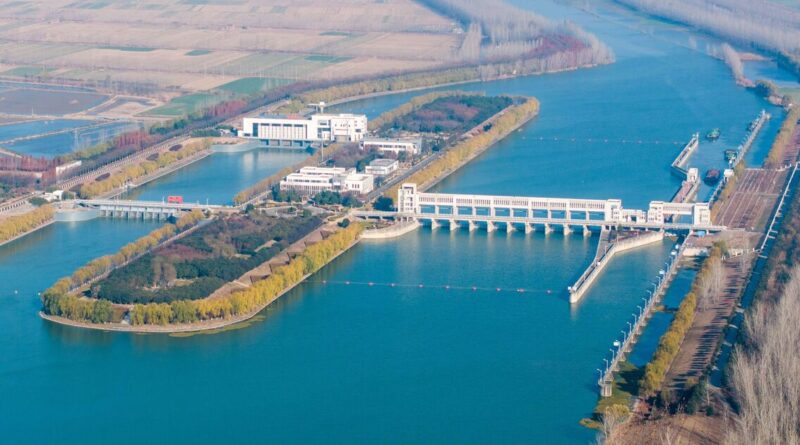Inside China’s £49bn plan to build world’s largest man-made river network | World | News
China is building the world’s largest network of man-made rivers in a bid to tackle one of its biggest environmental challenges – water scarcity. The £49 billion project, officially known as the South-North Water Transfer Project (SNWTP), aims to divert massive volumes of water from the wetter south of the country to the drier north, including Beijing and surrounding provinces.
The huge project is being rolled out in three main stages. The eastern and central routes are already operational, while the third and most ambitious part, the western route, is still in development. Once completed, the entire network is expected to transfer up to 44.8 billion cubic metres of water annually across thousands of kilometres, making it the biggest water transfer system the world has ever seen.
A recent video by Billion Dollar Builds on YouTube titled “China’s $62 BILLION Plan To Build World’s Largest Network Of Artificial Rivers” showed the sheer scale of the project.
The video explained how the initiative is designed to secure water for more than 100 cities, including some of China’s most densely populated and economically important regions.
The project, first proposed in the 1950s by Chairman Mao, officially began in 2002 and has already delivered over 76 billion cubic metres of water to the north, according to figures reported by the Financial Times.
The central route alone stretches over 1,400km (870 miles) from the Danjiangkou Reservoir in Hubei Province all the way to Beijing.
Water flows by gravity through a network of tunnels and canals, an engineering feat described by Interesting Engineering as one of the largest and most complex in human history.
But the project hasn’t come without controversy. According to some reports, over 300,000 people were forced to relocate to make way for new infrastructure.
Environmental concerns have also been raised, particularly regarding the impact on downstream ecosystems in the Yangtze River basin.
Experts warn that reduced flow in southern rivers could harm biodiversity and lead to long-term damage.
Despite this, Chinese officials maintain that the project is essential to support growing urban populations and prevent future water crises.
The country’s north suffers from severe water shortages due to rapid industrialisation, agricultural demand, and a naturally arid climate.
Future expansion includes a planned link between the Three Gorges Dam and the Han River to increase water flow to the middle route, with completion expected by 2031.
Meanwhile, the complex western route, involving rivers in the Tibetan Plateau, could take until 2050 to finish.





